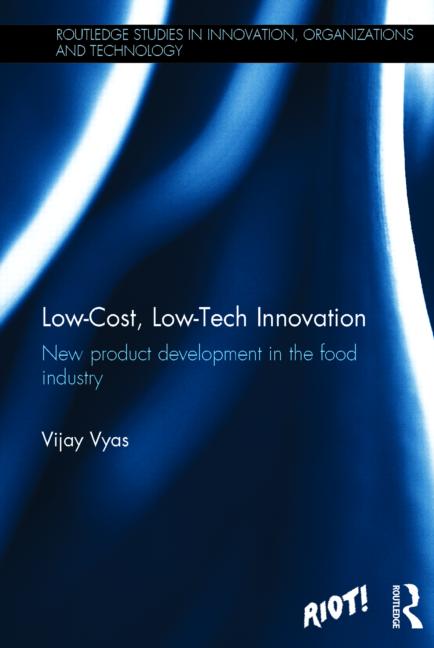China to Boost Agriculture Innovation

China accounts for a fifth of the world's population, with less than 9% of its arable land, and the cabinet suggested in a document that China's leaders were aiming to get serious about technology to ensure long-term food supplies.
The State Council, or cabinet, said in the first policy document of the year it would increase investment and subsidies for the agricultural technology sector this year to stabilize grain production, state media reported.
Technological innovation in the sector would "improve land yield, resource efficiency and labor productivity," the official Xinhua news agency said.
The “No. 1 Document,” as it is called, has for the past nine years focused on rural issues, including agriculture, water conservation, farmers' income, and land transfer issues.
The State Council said in this year's paper the government would encourage research focusing on areas including bio-technology, seed production and effective use of farmland, Xinhua reported.
It also said the government would seek to push banks to increase lending to rural areas and keep prices of agricultural commodities at "a reasonable level."
China has been battling persistent consumer inflation, which was largely driven by food prices, and hit a peak in July of 6.5%.
Agriculture experts had expected the State Council to set guidelines on seed cultivation and on implementing a program of promoting the application of genetically modified technology that was introduced in 2008.
The central government estimates that China's national grain consumption will reach 572.5 million tons by 2020. Although China is largely self sufficient in wheat, it is not in soybeans and corn.
In 2010, China returned to importing corn in earnest after years of blocking foreign grain, buying a record 1.57 million tons, up 18 times from the previous year because domestic production couldn't keep up with demand.
Some analysts say China's agricultural production growth lags behind the country's overall economic growth.
From the February 1, 2012, Prepared Foods' Daily News.
Looking for a reprint of this article?
From high-res PDFs to custom plaques, order your copy today!








